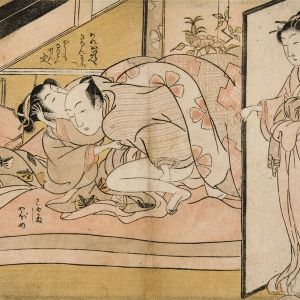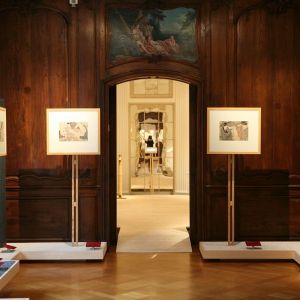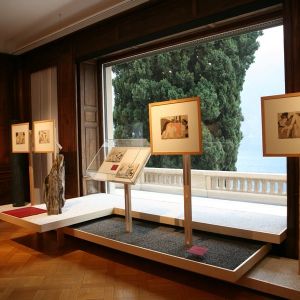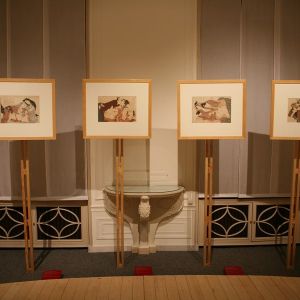PALAZZO REALE – MILAN
The exhibition is part of the project “Nippon. Between Myth and Reality”, an initiative promoted by the City of Lugano, which involves the entire fabric of the city, starting from its most prestigious exhibition centres, offering an itinerary that investigates the most interesting aspects of Japanese art and photography, from the mid-19th century to the present day. The exhibition presents a series of shunga, a term that literally means “images of spring” and defines a genre of prints with erotic subjects that reached their peak in the period of the Tokugawa shogunate, between 1603 and 1867. The shunga constitute one of the most vivid manifestations of an ethical and aesthetic reflection on the briefness and transience of life, a reflection that expresses the values of the middle class of the great cities of the time. Merchants, craftsmen, doctors and artists were excluded from political power, but, economically flourishing, they affirmed a hedonistic conception of life, in open contrast to the rigid neo-Confucian morality of the samurai who ruled the country. These prints materialise the worldview of those who mocked the conservatism of political power, depicting luxury, parties, theatrical performances and the life of pleasure houses, where the middle class found the company of women skilled in the art of entertainment and love. The selection – 62 works including woodcuts and printed volumes – presented at the Heleneum includes works by the most important authors in the evolution of the genre, from Koryusai to Kunimori, and other artists such as Kiyonaga, Utamaro, Hokusai and Hiroshige.
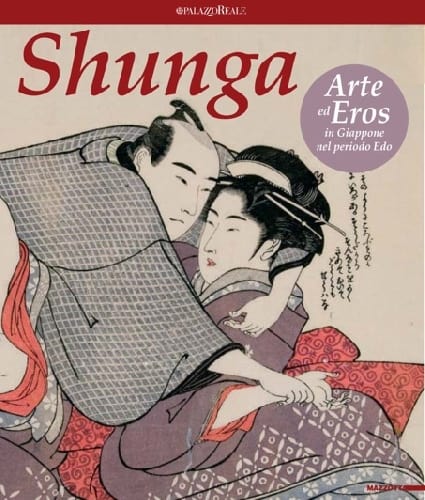
The exhibition cycle ‘Altrarti‘ is dedicated to the monographic investigation of the complexity of the values of a particular expression of art and culture. Starting from the reading of its form to the analysis of its meaning, its value and the context in which it operates, the work of ethnic art is studied from as many points of view as possible.


